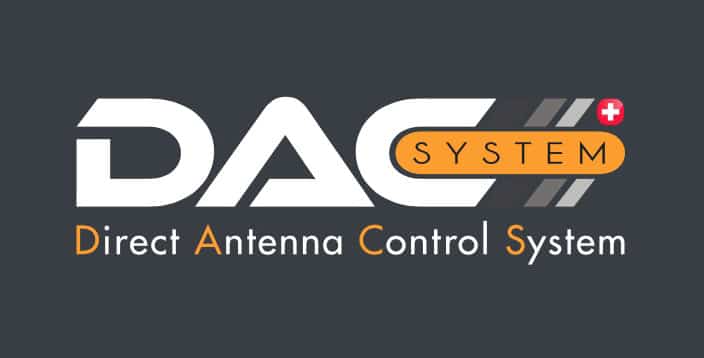
WNED, a public broadcaster based in Buffalo, New York, in the United States, has adopted Calrec’s Type R radio system as part of a full migration to IP infrastructure across its three radio stations. The installation aims to ensure uninterrupted service for the broadcaster’s two million listeners, even during extreme weather.
WNED operates NPR affiliate WBFO, the classical music station WNED-FM, the HD Radio station WBFO The Bridge and PBS member station WNED-TV. The broadcaster’s new setup includes multiple Type R consoles, cores and headless controllers, with fully redundant AES67 IP networking.
Joe Puma, vice president of engineering and technology at WNED, said the upgrade strengthens both resilience and flexibility. “We have main and backup control rooms for all three radio stations. Each one has a main and backup console with duplicate 12-fader Type Rs, and we also have an 18-fader Type R in our production control room,” he said. “If the primary control room were ever to fail, the backup runs on a different core, while Type R’s modularity also means we can easily move from one room to another.”
Interoperability and remote capability
Puma explained that remote capability was a key driver. “Buffalo can get a lot of snow, and a few years ago, we had a horrendous snowstorm that flooded our studio complex. Our previous system did not have any remote capabilities, so it was a real challenge to keep the stations on the air. With Type R and Calrec Assist, we can now broadcast remotely with full functionality,” he said.
Another factor was interoperability. “The fact that Type R uses a non-proprietary IP system was absolutely crucial for us,” Puma said. “Many of the other options we looked at had some sort of proprietary system involved, but with Type R, there is nothing layered on top. We’re currently in the process of interfacing it with our ENCO DAD system to completely automate the network.”
Rob Lewis, Calrec regional sales manager, said WNED’s decision reflects a broader trend. “More and more stations like WNED are taking advantage of Type R’s flexible workflows to ensure that they stay on air whatever the future has in store, both technologically and meteorologically,” he said. “Type R’s modular approach and adherence to open standards mean that it can adapt to a range of needs and integrate easily with incumbent third-party equipment.”
These stories might interest you
LABF to honor radio leaders at 2025 Giants of Broadcasting





















